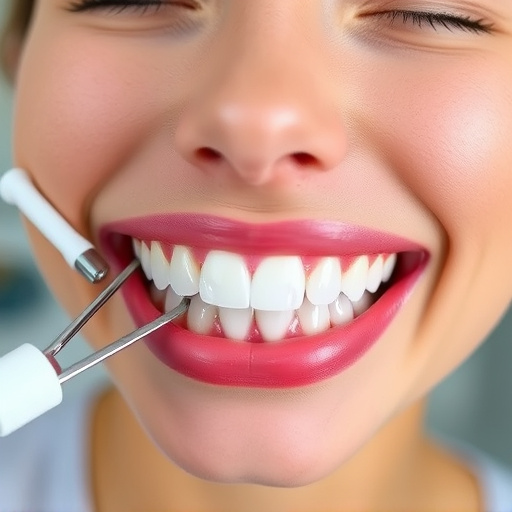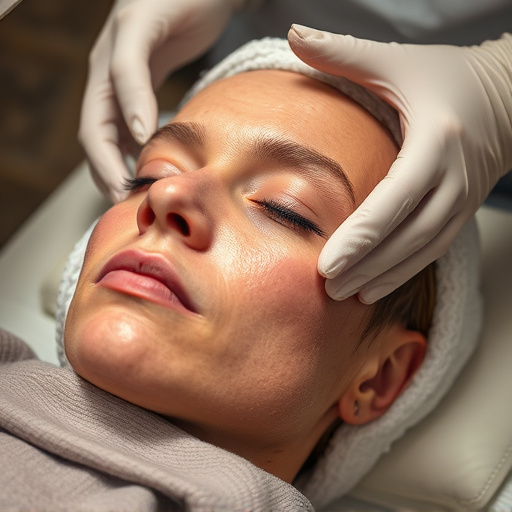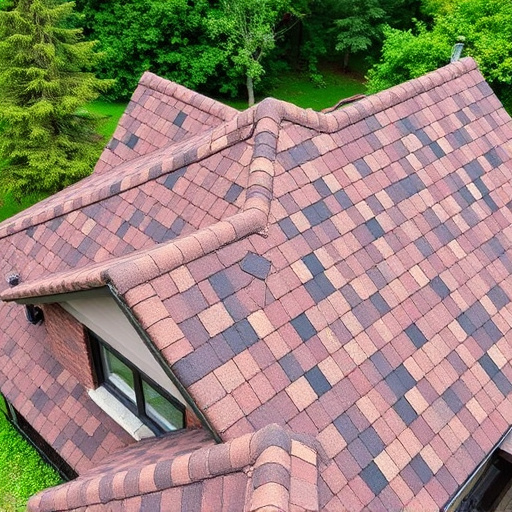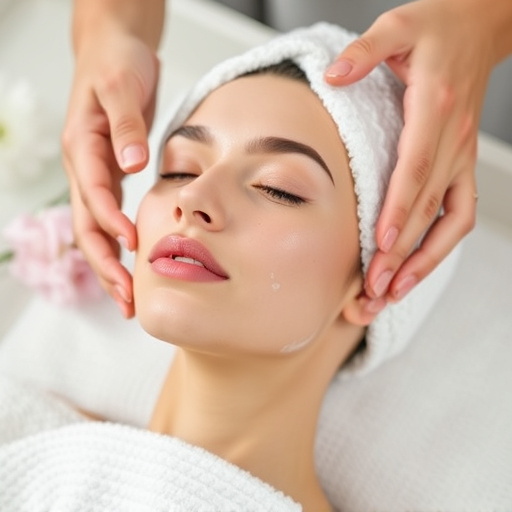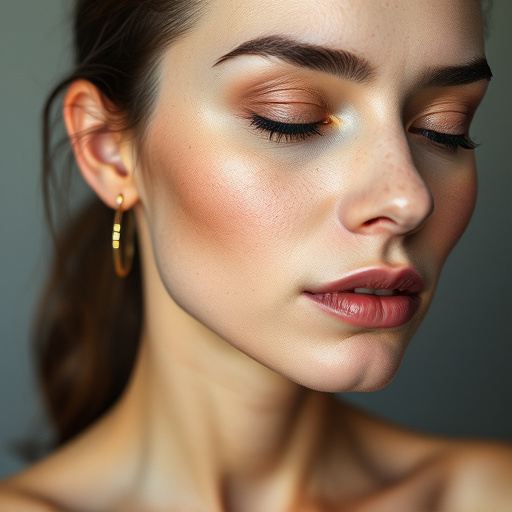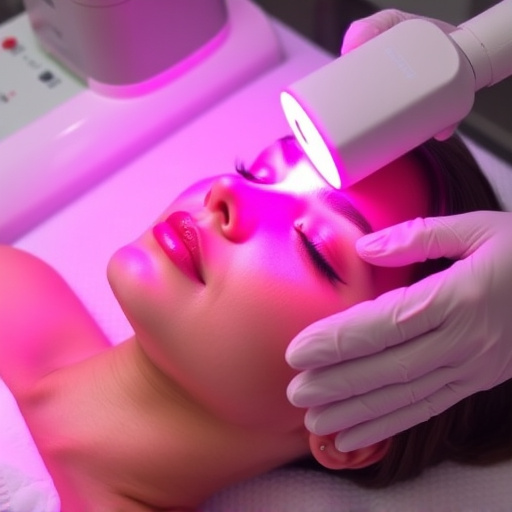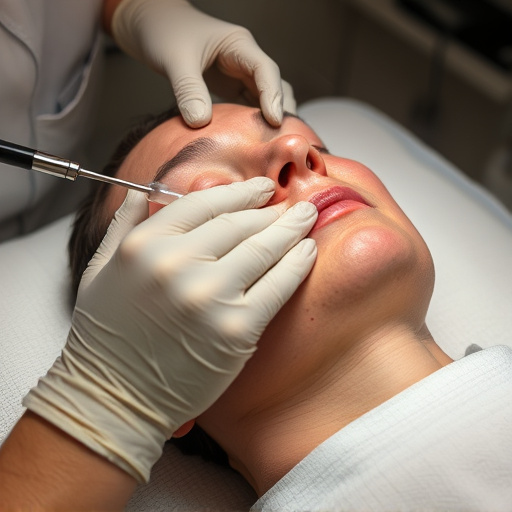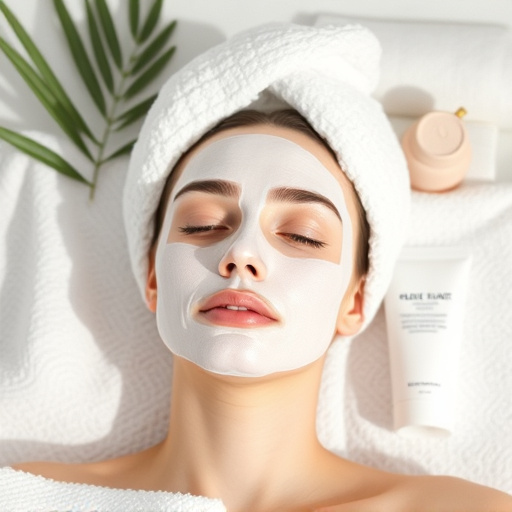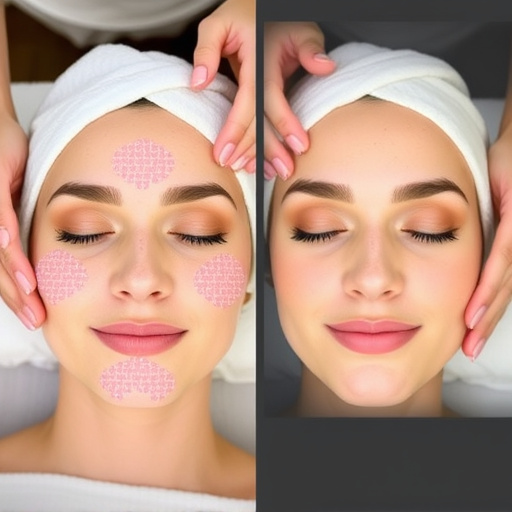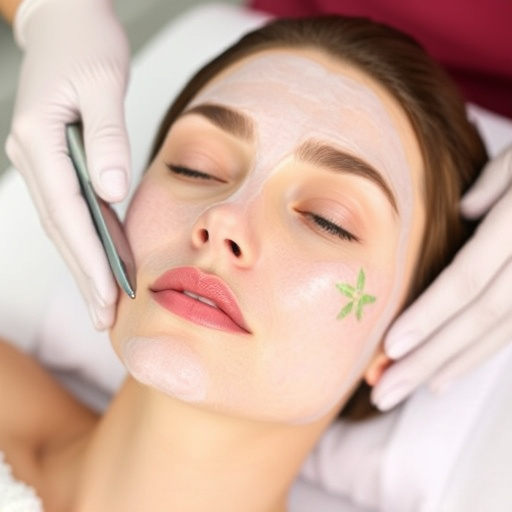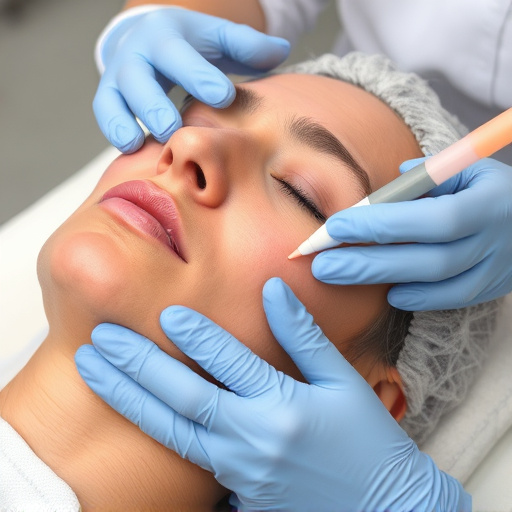Comprehensive skin analysis goes beyond visual assessment by combining manual techniques like tactile evaluation with advanced technologies such as high-resolution imaging and specialized sensors. This multi-faceted approach quantifies skin texture, revealing microscopic variations that impact health and appearance. Dermatologists use these insights to diagnose issues like acne scarring and hyperpigmentation, enabling personalized treatment plans including chemical peels and targeted acne treatments. Comprehensive skin analysis is vital for both medical spa diagnostics and product development, ensuring tailored, effective skincare solutions without irritation.
Unveiling the intricacies of skin texture is a crucial aspect of modern skincare. This article explores the art of measuring skin texture through a lens of comprehensive skin analysis, a game-changer in the industry. By delving into the basics of skin texture and its evaluation methods, we uncover the science behind this process. We highlight the significance and diverse applications, from product development to personalized skincare routines, where understanding skin texture plays a pivotal role, ensuring optimal results for folks seeking radiant, healthy skin.
- Understanding Skin Texture: The Basics
- Methods Used in Comprehensive Skin Analysis for Texture Evaluation
- Importance and Applications of Measuring Skin Texture in Skincare
Understanding Skin Texture: The Basics
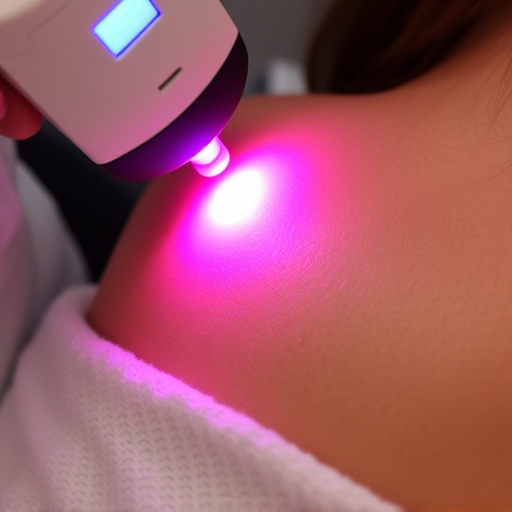
Skin texture is a fundamental aspect of dermatological assessment and plays a pivotal role in comprehensive skin analysis. It refers to the physical characteristics of the epidermis, including its coarseness, smoothness, or unevenness. This tactile quality is influenced by various factors such as collagen production, elastin fibers, skin hydration, and age. By examining skin texture, dermatologists can gather valuable insights into an individual’s overall skin health, identifying potential issues like dryness, roughness, acne scars, or aging concerns.
In a comprehensive skin analysis, professionals use specialized tools and techniques to evaluate texture at different levels of detail. This may involve manual examination with trained fingers to detect subtle variations, or more advanced methods such as dermatoscopy for enhanced visualization. Understanding skin texture is crucial for tailoring appropriate treatments, including body contouring procedures like chemical peels or laser hair removal, to address specific concerns and enhance overall skin appearance.
Methods Used in Comprehensive Skin Analysis for Texture Evaluation
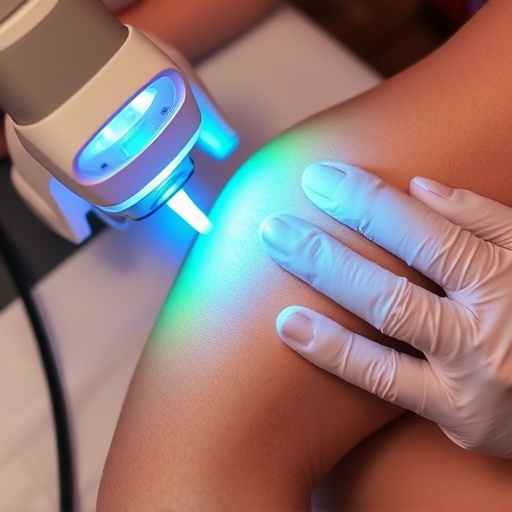
Comprehensive skin analysis goes beyond visual inspection by employing advanced methods to evaluate skin texture. One commonly used technique is tactile assessment, where trained professionals use their fingers to gently touch and feel the skin’s surface, identifying areas of roughness, smoothness, or irregularity. This hands-on approach allows for a detailed understanding of the skin’s physical characteristics.
Another powerful tool in comprehensive skin analysis is the integration of technology, such as high-resolution imaging and specialized sensors. These technologies capture intricate details of the skin’s texture at microscopic levels, enabling precise measurements and comparisons. Additionally, procedures like chemical peels and medical spa services often play a role in improving skin texture, while targeted acne treatments can address specific concerns related to skin imperfections.
Importance and Applications of Measuring Skin Texture in Skincare
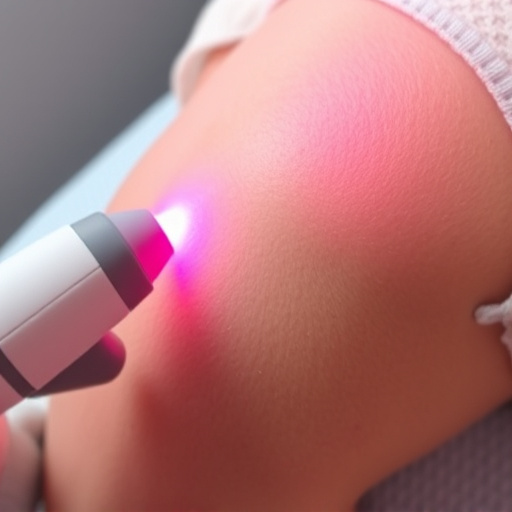
Measuring skin texture is a vital component of any comprehensive skin analysis, offering insights into the health and appearance of the skin that go beyond what the naked eye can detect. This non-invasive technique reveals the microscopic variations in the skin’s surface, including its coarseness, smoothness, or roughness—qualities that play a significant role in overall skin condition and cosmetic concerns. By quantifying these textures, dermatologists and skincare professionals can identify specific issues like acne scarring, hyperpigmentation, or age-related changes, enabling them to tailor treatments accordingly.
In the realm of skincare, understanding skin texture is crucial for various applications. Medical spa services often incorporate detailed skin analysis, using advanced technology to assess and diagnose conditions that impact texture. For instance, body contouring procedures may be recommended based on the analysis of a patient’s skin elevation, elasticity, and overall texture irregularities. Moreover, products aimed at skin brightening or rejuvenation must consider the unique needs of different skin textures, ensuring effective results without causing irritation.
Comprehensive skin analysis, incorporating advanced techniques to measure skin texture, is revolutionizing skincare. By understanding the intricacies of skin texture, professionals can provide tailored treatments and products that enhance overall skin health. This in-depth approach ensures that every individual receives personalized care, addressing specific concerns and promoting a radiant, healthy complexion. Through continuous research and innovation in comprehensive skin analysis, the skincare industry is evolving to meet the diverse needs of its clients.

